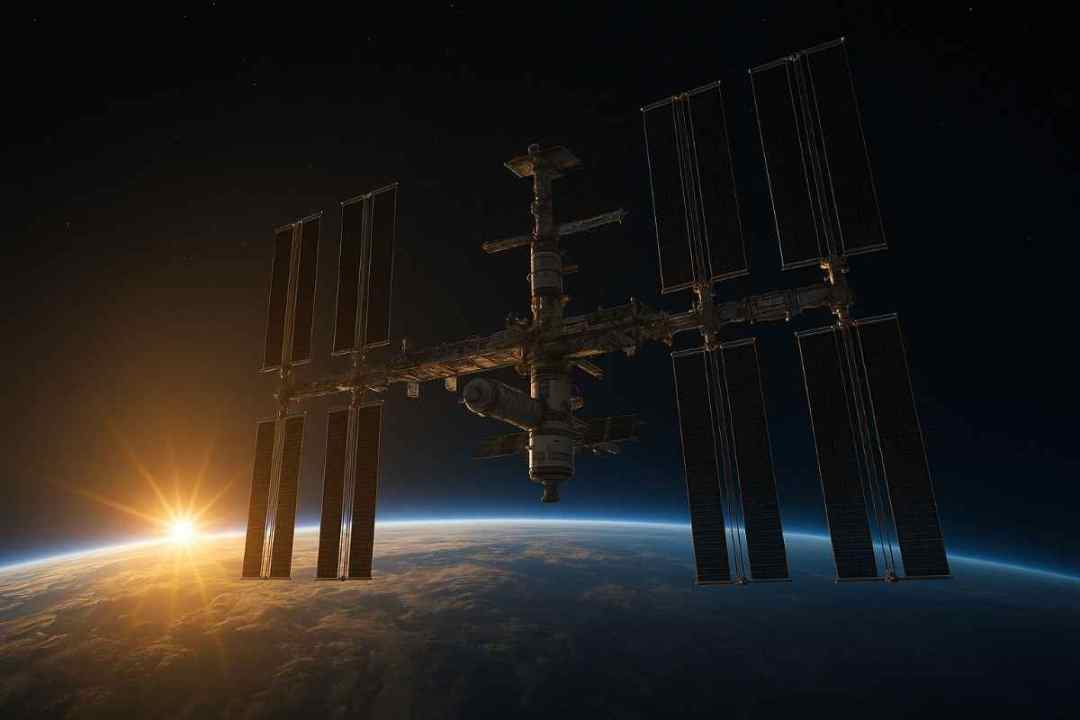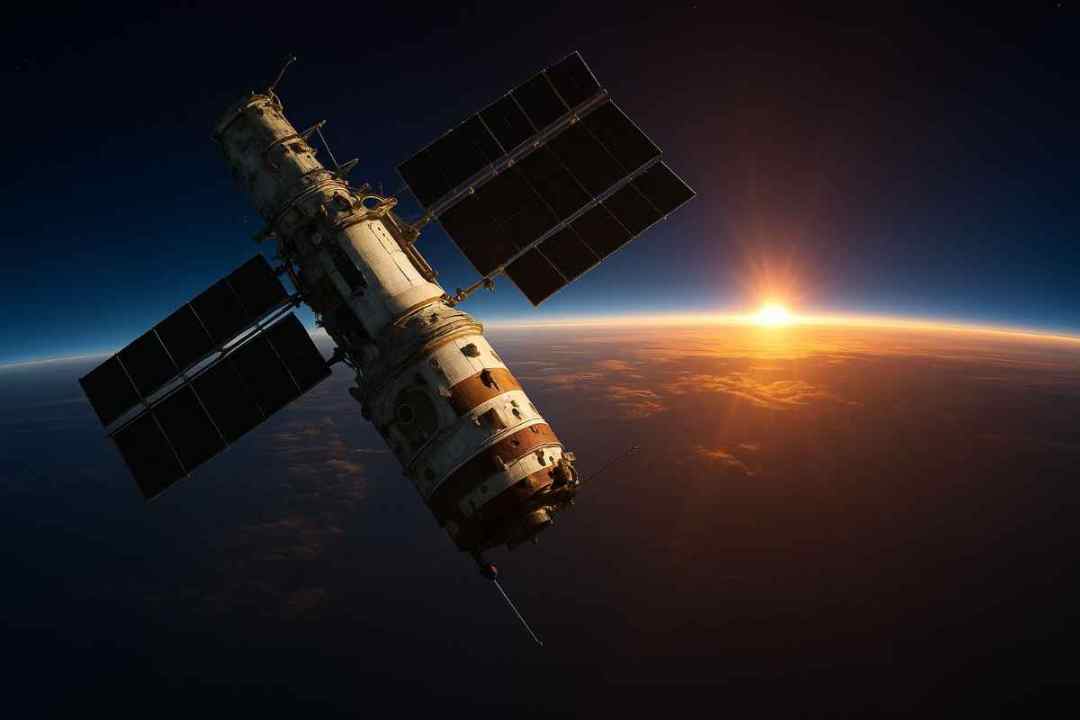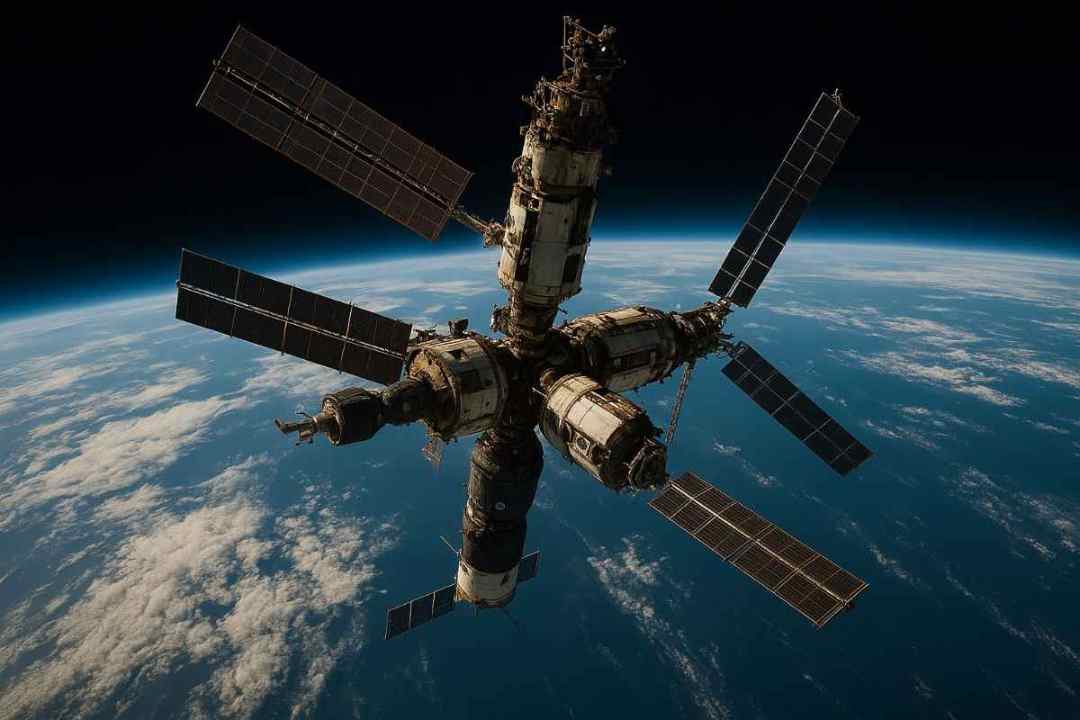
Soviet Space Stations
The orbital outposts that advanced long-duration spaceflight and scientific research.
Space Station Program
First in Space
Salyut 1, 1971
The world's first space station, launching a new era of long-duration spaceflight.
Record Duration
Mir, 15 Years
The longest continuously occupied space station until the ISS.
International Cooperation
Multiple Nations
Hosted cosmonauts from various countries, pioneering space diplomacy.
Evolution of Space Station Design
Salyut 1, launched on April 19, 1971, during Leonid Brezhnev's leadership, was humanity's first space station.
The station was designed using advanced Soviet space technology to test the systems needed for permanent space habitation. The program built upon earlier achievements from the unmanned missions program.
Design Philosophy
- Emphasis on reliability and redundancy
- Modular architecture for expandability
- Automated systems for reduced crew workload
Key Innovations
- Advanced life support systems
- Long-term microgravity research facilities
- Multiple docking ports for expansion
The success of the Soviet space station program demonstrated the feasibility of long-term human presence in space and laid the groundwork for international cooperation in space exploration. Many of the technologies and operational procedures developed during this era continue to influence space station design and operations today.
The Salyut Program

Salyut 1-7 (1971-1986)
First Generation Space Stations
The Salyut program consisted of a series of space stations that helped develop the techniques and technologies needed for long-term space habitation.
Key Features
- Single docking port
- Solar power generation
- Scientific research facilities
Achievements
- First space station
- Long-duration missions
- International crews
Mir Space Station

Mir (1986-2001)
The First Modular Space Station
Technical Specifications
- Mass: 129,700 kg
- Length: 19 meters (core module)
- Solar array span: 29.7 meters
- Orbital altitude: 354-374 km
Modules
- Core Module (Mir)
- Kvant-1 (Astrophysics)
- Kvant-2 (Airlock)
- Kristall (Technology)
Scientific Research
Materials Science
- Crystal growth experiments
- Alloy production in microgravity
- Semiconductor manufacturing
Life Sciences
- Long-term effects of weightlessness
- Plant growth studies
- Medical research